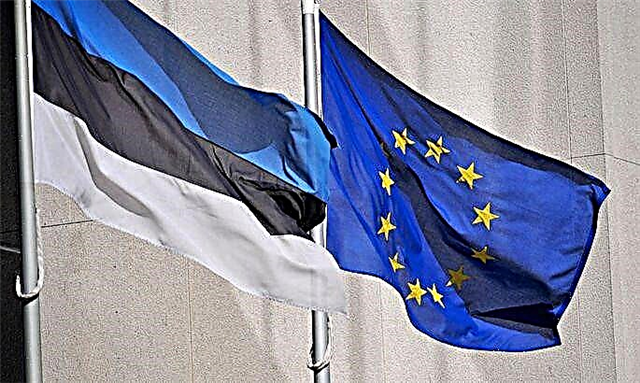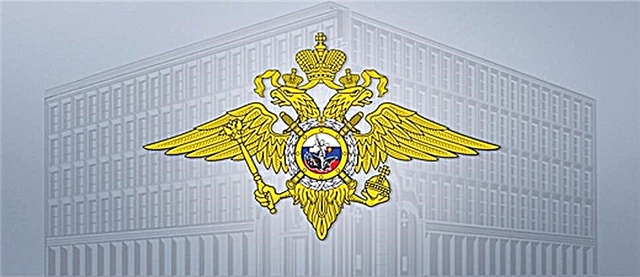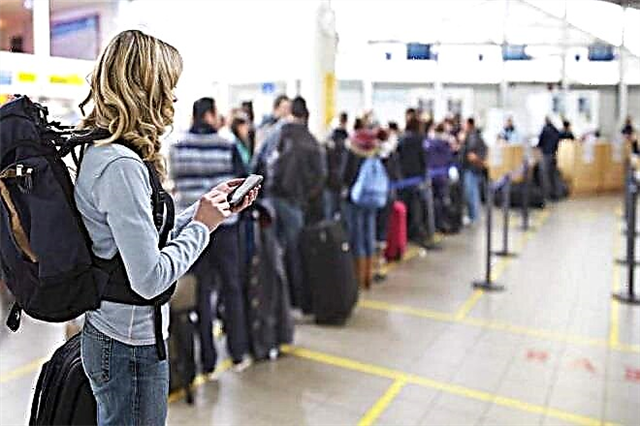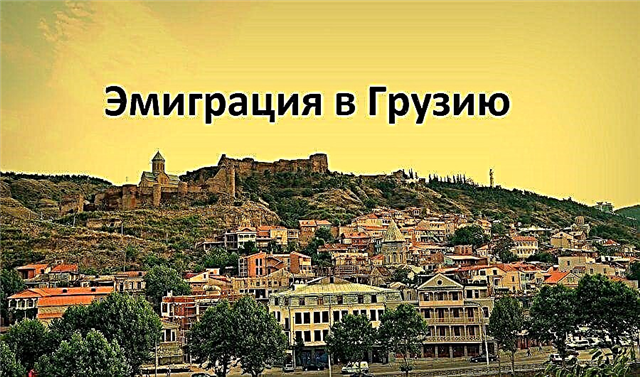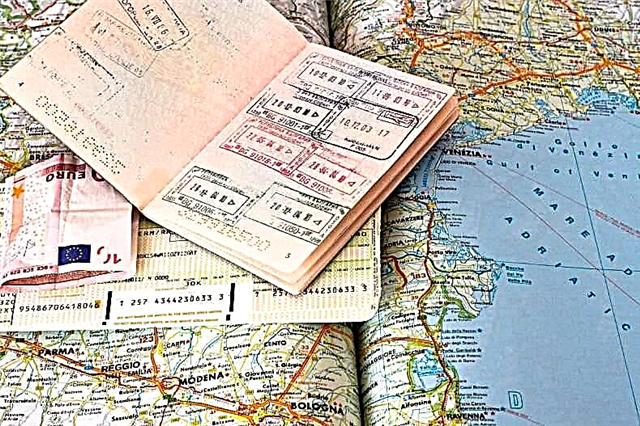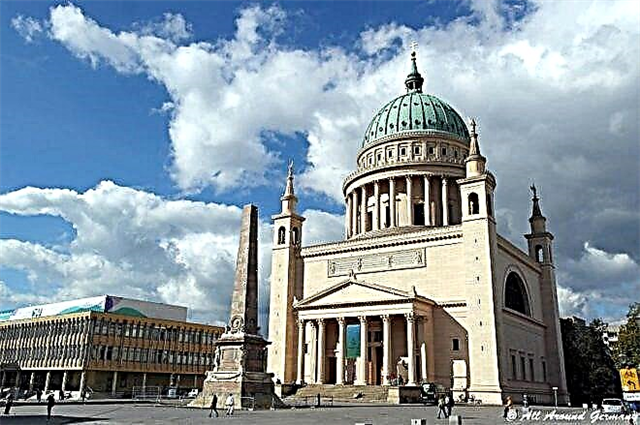Potsdam is rightly considered one of the most beautiful cities in Germany. The town has many different attractions, and the temples, cathedrals and mosques of Potsdam are known throughout the world. Millions of tourists visit them every year.
Major religious sites in Potsdam
Guests of the city are impressed by the beautiful view of the Alexander Nevsky Cathedral, the oldest building of the Russian Orthodox Church in Germany.
The Church of St. Nicholas, located in the center of the historical part of Potsdam, is very popular.
Also among the city's attractions is the Church of Saints Peter and Paul. It is the second in importance and size after the Church of St. Nicholas.
The Lutheran Friendship Church (Friedenskirche) attracts tourists; the Roman Basilica of St. Clement became a model for its construction.
There is also the Al Farouk mosque, because there is a Muslim community in the city.
In total, there are more than a dozen world-famous religious sites in Potsdam.
Friendship Church in Potsdam

The church, located on the territory of the palace and park ensemble of Sanssouci, was built in the 19th century during the reign of Frederick William IV. It took ten years to build it, from 1845 to 1854.
The temple was designed based on royal drawings. The construction was supervised by the court architect Ludwig Persius, and after his death - August Stüler. The church was consecrated in September 1848.
The idea is based on the Roman Basilica of St. Clement, therefore the construction is made in the form of a three-nave basilica column. There is a 42-meter bell tower nearby. Inside the temple there are bas-reliefs, mosaics and engravings.
The apse was decorated with medieval Venetian mosaics, which were once used for the interior decoration of the temple on the island of Murano. The church has a small colonnaded courtyard and a monastery.
In the courtyard, there is a statue of Christ the Savior - a marble copy of Thorvaldsen's sculpture in the Copenhagen Church of Our Lady.
In 1864, the body of Frederick IV was placed in the royal tomb. A few years later, his wife Elizabeth rested nearby.
Subsequently, other Hohenzollerns were buried in the temple. From the north, the church is adjoined by the mausoleum of Frederick III, erected by Yu. K. Rashdorf, according to the design of which the Berlin Cathedral was built.
The church is open from Monday to Saturday:
- in spring and autumn - 11.00-17.00;
- in summer - 10.00-18.00.
On Sunday, open from 12.00.
In winter: Saturday from 11.00 to 16.00, Sunday from 12.30 to 16.00.
Address: Friedenskirche Am Grunen Gitter 3, Potsdam.
The temple is located next to the main entrance to Sanssouci. From the Potsdam train station you can get there by bus no. 695 to the stop Schloss Sanssouci, no. 605, 606 to Luisenplatz. Tram No. 91, 94 also runs to Luisenplatz.
Church of St. Nicholas

The Protestant Church of St. Nicholas was built in 1837-1850 according to the project of K.F.Schinkel. Together with the dome, the height of the temple is 77 m.
In horizontal projection, the church looks like a Greek cross with one cross-bar extended through a rounded apse. At the sight of the portal supported by the columns, ancient temples are remembered.
Air raids from World War II destroyed the church, but in 1981 it was rebuilt and rededicated. Now it is a symbol of the city; hundreds of thousands of tourists visit it every year.
They are also attracted here by the observation deck, located at a height of 42 meters. It offers a magnificent view of the city.
You can get to the church from Monday to Saturday: in the summer - 9.00-19.00; in winter - 9.00-17.00. On Sundays, prayers are held in the church at 10.00, so visiting on these days is possible from 11.30.
Address: St. Nikolaikirche, Am Alten Markt, 14467 Potsdam. It is located in the central part of the city on the Alten Markt (Old Market) square.
You can walk from the railway station: about 350 m west along Friedrich-List-Straße / B1 in the direction of Lange Brücke / B2, turn left onto Lange Brücke / B1 / B2, walk 230 m and turn onto Humboldtstraße, after 200 m , turn onto the square. On the left there is a church.
You can also get there by trams No. 91, 92, 96, 99 and buses No. 16, 631, 695.
Alexander Nevsky Church

The temple, made in the late Empire style, is located on the Kapellenberg hill. The pink-and-white cube-shaped building, 20 meters high, is crowned with five domes. Above the entrance there are icons depicting the Savior, the Great Martyr Stratilates and St. Alexander Nevsky.
In 1813, the Russian Emperor Alexander I presented Russian military songbooks to his brother-in-law, King of Prussia Frederick William III. A couple of years later, several Russian guardsmen began to serve in the 1st Prussian Grenadier Regiment.
In 1827, after the death of the emperor, Friedrich-Wilhelm decided, in memory of their friendship, to found a Russian colony not far from Potsdam and settle the Russians in his service. The project of the settlement, named "Aleksandrovka", envisaged an Orthodox church.
The architect V.P. Stasov, designing it, took the building of the Kiev Tithe Church as a basis. The foundation stone for the single-altar church, designed for 50 people, was carried out on August 30, 1826 by Archpriest I.B. Chudovsky from the church in the Russian embassy. The king of Prussia was present.
The construction and decoration of the church cost the Russian treasury, Emperor Nicholas I and the Prussian king 400 thousand rubles. The work was supervised by the court architect K. Schinkel.
In July 1829, the built church was consecrated in the presence of the Russian emperor, the Prussian king, local authorities and the Lutheran bishop. Until 1831, services in it were conducted by their own priest, later - by priests from Berlin. In 1935, the building was restored and closed until 1941.
After the war, the church was located in the Soviet occupation zone. Since 1949, for twenty years, Archpriest N. Markevich, sent by the Moscow Patriarchate, performed the divine services. After his death, there was no permanent abbot until 1986.
For the 1000th anniversary of Potsdam, in 1991-1993, the building was restored. In 1993 the temple was consecrated by the Archbishop of Kaluga and Borovsky Clement. Since 1999, the church has been listed as a World Cultural Heritage Site and protected by UNESCO.
Today the Orthodox Church of St. Alexander Nevsky belongs to the Berlin Diocese of the Moscow Patriarchate. Mainly Russians, Bulgarians and Germans pray in it. There are about a hundred people in the parish.
The service is performed in Church Slavonic with the addition of German. The sermon is read in Russian with simultaneous translation into German. “Gospel”, “Apostle”, “Our Father” are read in both languages.
Service times:
- Saturday - 17.00;
- Sunday - 10.00.
Address: Kapellenberg, 14469 Potsdam. From the station take tram number 96 or 92.
Get off at the Puschkinallee stop. From it go in the direction of traffic for about 400 m. If you go by bus number 639 or 638, you need to get off at Am Schragen. Then walk about 300 m in the direction of travel.
Garrison church

The garrison church in Potsdam was erected in 1735-1735 during the reign of King Friedrich Wilhelm I. The author of the baroque project is Philip Gerlach.
The outside of the building was decorated with images of rifles, sabers, and inside it were kept the banners of the defeated armies. Soldiers and officers took part in the services. They prayed for the granting of victory to Germany in wars.
In 1740, Frederick William I was buried here, and in 1786 - his son Frederick the Great. The burial of the dead soldiers and the swearing-in of recruits were carried out here.
In 1806, Napoleon Bonaparte visited the church, guaranteeing her his protection, and later Alexander I and Frederick William III consolidated their union in it.
In March 1933, Reich Chancellor Hitler took the oath here during the first meeting of the new Reichstag.
During the 1943 bombing raids, the royal remains were removed from the church. The bombing of 1945 provoked a fire in the building, which turned it into ruins.
In 1949, the temple was renamed the Church of the Holy Cross, and in June 1968, as part of a campaign to destroy the symbols of Nazism, the ruins were demolished, and a Computing Center (Rechenzentrum) was built in their place.
In 2008, a special Fund was created for the reconstruction of the church, and a temporary chapel was opened in 2021. Today, during the restoration of the historical part of the city, the construction of the Garrison Church is taking place. It is expected to appear on the city map in 2021.
Address: Dortustraße 46, 14467 Potsdam (at the intersection of Breite Strasse and Dortu Strasse). From the railway station you can take buses No. 695, 605, 614 or trams No. 99, 92, 93, 96 to the stop Alter Markt, then walk about half a kilometer.
Or take bus no. 580 to Schloßstr and walk 400 m.
Potsdam architecture
Urban architecture is interesting for the harmonious fusion of different eras and styles into one whole. Buildings in the classicism style of the Enlightenment are successfully adjacent to the Art Nouveau mansions.
The park and palaces of Sanssouci are famous for their Rococo interiors. The palaces are made in different styles: Charlottenhof resembles a Roman classic villa, Schloss Babelsberg castle was built in neo-Gothic style, and Sanssouci palace belongs to Rococo.
Despite such an architectural diversity, Potsdam does not look like a mosaic set, because all city quarters and buildings are organically interconnected.
Conclusion
Potsdam is beautiful and distinctive. There are many tourist attractions in the city. Fans of religious sites will have a real pleasure visiting city temples - real architectural monuments. They are all in excellent condition. The only exception is the Garrison Church, which is currently being restored. In Potsdam, they cherish their past and cherish it for posterity.

